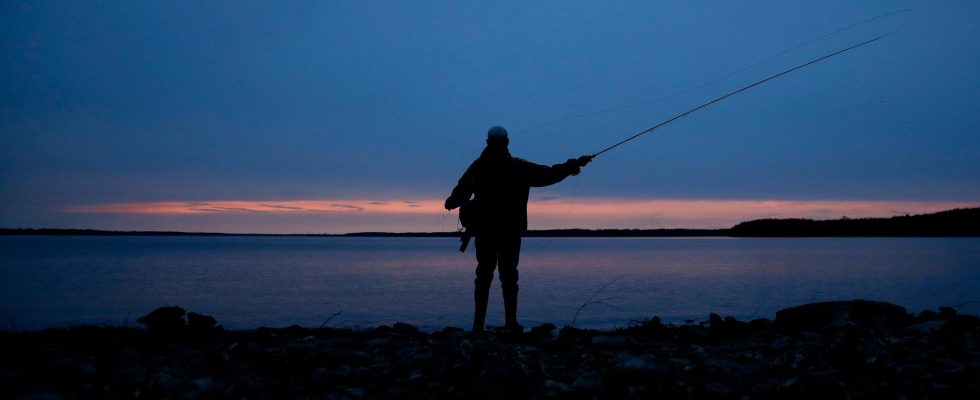1 / 3Photo: Charlie Riedel/AP/TT
Every fourth species of freshwater fish is threatened, warns the International Union for Conservation of Nature (IUCN), which updates the list of red-listed animal species and singles out the Atlantic salmon in particular.
Climate change and pollution are the biggest causes.
The IUCN presented the list of threatened animals at the climate conference COP28 in Dubai. The alarming increase in endangered species is directly linked to climate change.
– Actually, we wouldn’t need to at all in this situation, says the union’s director general Grethel Aguilar at a press conference in Dubai.
The number of red-listed species, according to the IUCN, is 157,190, of which 44,016 are threatened with extinction.
New findings
For the first time, the IUCN has collected data on the status of freshwater fish, which make up around 40 percent of known fish species. About 15,000 species have been reviewed, and about a quarter of these are threatened with extinction. Mainly it is pollution that threatens fish species, but dam building, overfishing and changes in water levels that bring in salt water are other causes.
The investigation is considered to be ground-breaking as no such extensive report has previously been made.
The Atlantic salmon is one of the species that is particularly pointed out with a drastic deterioration of the stock. This has decreased by 23 percent between 2006 and 2020 according to IUCN calculations.
Billions of people
The IUCN works with eight categories and the salmon (with the designation Salmo salmar) has been moved to the more warning category “near threatened”. The following categories are “vulnerable” and “threatened”.
At the same time, the IUCN states that the deteriorating situation of freshwater fish is indicative of a larger problem:
“Freshwater fish are an integral part of the ecosystem and directly decisive for its resilience. This is directly critical for the billions of people who depend on the functioning of the freshwater ecosystem,” said Katy Hughes of the IUCN’s Freshwater Division in a press statement during the COP28 meeting in Dubai.
The report also states that the green turtle (Chelonia mydas) in the Pacific Ocean is under acute threat of extinction. Climate change combined with increased temperatures that make it difficult for turtle eggs to hatch are seen as direct causes of the threat. Even the fishing industry, which sweeps away turtles as bycatch, is part of the problem.
Few bright spots
However, the frightening report contains some bright spots. Through successful efforts and extensive cooperation at the local level, life opportunities for the Saiga tatarica antelope species have been improved in Mongolia and Russia, among others. One of the reasons is successful efforts against poaching.
The living conditions for the antelope species Sabeloryx (Oryx dammah) have also improved, mainly through international cooperation to stop poaching and protect antelopes that have been placed in Chad, among other places.
But the successes are few, too few, according to the IUCN:
“Climate change threatens the diversity that our planet harbors, and undermines nature’s ability to fulfill basic human needs,” states Director General Grethel Agullar.
THE FACTS
The International Union for Conservation of Nature and Natural Resources (IUCN) is an international umbrella organization.
Around 1,400 member organizations are included, among them the Nature Conservation Association.
The organization was founded in 1948 on the initiative of the UN agency Unesco.
IUCN’s headquarters are located in Gland, Switzerland.
Source: NE
Read more
